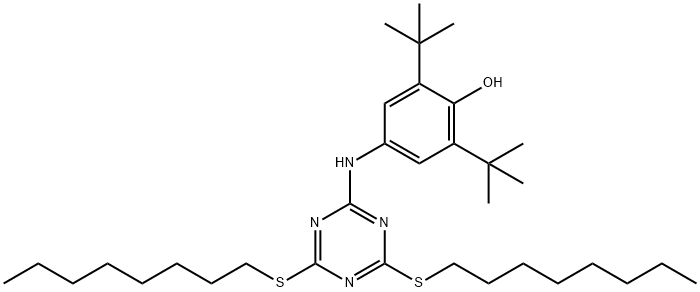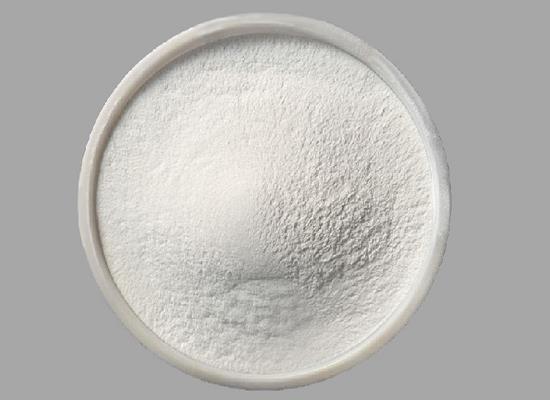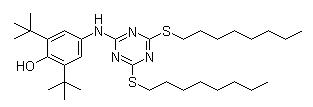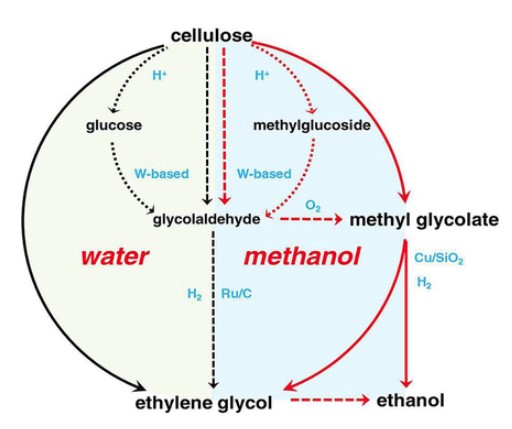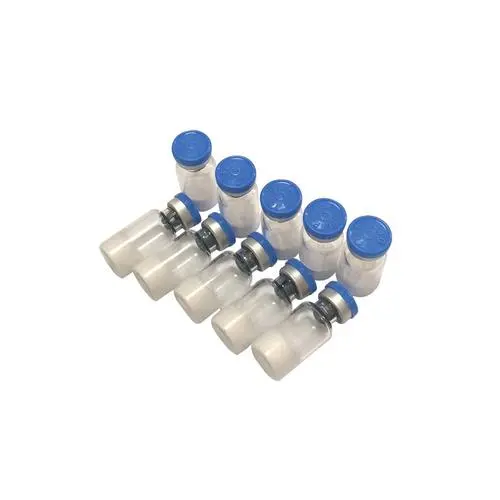Antioxidant 565: properties, applications and safety
General Description
Antioxidant 565 is a versatile compound with strong antioxidant properties. It exhibits free radical scavenging activity, metal chelating abilities, and stability under various conditions. Its solubility in both water and organic solvents enhances its effectiveness in different environments. Antioxidant 565 finds applications in industries such as polymers, adhesives, and sealants, where it improves product stability and durability. However, its release into the environment should be carefully managed to prevent potential adverse effects. Safety concerns include skin and eye irritation, respiratory irritation from inhalation, and the risk of fire due to electrostatic discharge. Proper precautions must be taken during handling to ensure safe use.

Figure 1. Antioxidant 565
Properties
Antioxidant 565 is a chemical compound that belongs to the class of antioxidants. Antioxidant 565 exhibits several properties that make it an effective antioxidant. First, it possesses strong free radical scavenging activity. This means that it can neutralize free radicals by donating an electron, thereby preventing them from causing damage to cells and tissues. Furthermore, Antioxidant 565 has the ability to chelate metal ions. Metal ions such as iron and copper can promote the formation of free radicals and enhance oxidative stress. By chelating these ions, Antioxidant 565 inhibits their pro-oxidant effects, thereby reducing oxidative damage. Additionally, Antioxidant 565 is stable under different conditions, including high temperatures and acidic or alkaline environments. This stability ensures its effectiveness as an antioxidant in various applications, such as food preservation and cosmetics. Moreover, Antioxidant 565 is soluble in both water and organic solvents, which enhances its versatility and compatibility with different systems. This solubility allows it to exert its antioxidant activity in both aqueous and lipid-based environments. In conclusion, Antioxidant 565 is a powerful antioxidant with strong free radical scavenging activity, metal chelating properties, stability under different conditions, and solubility in both water and organic solvents. 1
Applications
Antioxidant 565 is a substance widely used in various industries. Its applications include polymers, adhesives, and sealants. It is primarily used in the formulation of mixtures and re-packaging. Additionally, it is also utilized in the manufacture of plastic products. Industrial use of Antioxidant 565 can lead to its release into the environment. This usually occurs during the production of articles and through processes involving low release rates, such as cutting textiles or grinding metals. Furthermore, the substance is commonly found in adhesives and sealants. Apart from industrial use, Antioxidant 565 may also be released into the environment through indoor and outdoor activities, especially when it is incorporated into materials like paints, coatings, or adhesives. This includes its inclusion as a binding agent. Overall, Antioxidant 565 plays a significant role in enhancing the stability and durability of various products. Its presence in polymers, adhesives, sealants, and plastic items helps to prevent degradation caused by oxidation. However, it is important to consider the potential environmental impact associated with the release of this substance. Efforts should be made to minimize its emissions and explore sustainable alternatives to mitigate any potential adverse effects. 2
Safety
Antioxidant 565 is a chemical compound commonly used as an antioxidant in the production of polyethylene, polypropylene, and other polymers. While it has been proven to be effective in preventing oxidation, there are some safety concerns associated with the use of this substance. One major concern is its potential toxicity upon contact with skin and eyes. It is recommended that individuals handling Antioxidant 565 should wear appropriate protective clothing and avoid direct contact with the substance. Additionally, the formation of dust or aerosols should be avoided, as inhaling these particles could result in respiratory irritation. Another safety consideration is the risk of fire caused by electrostatic discharge steam. Non-sparking tools should be used to prevent the build-up of static electricity, which could ignite the substance and potentially lead to a fire. Overall, while Antioxidant 565 can be an effective additive in polymer production, it is important to take necessary precautions to ensure safe handling and use. Proper protective equipment and procedures should be implemented to minimize the risks of exposure and potential harm. 3
Reference
1. PubChem (2023). Antioxidant 565 (CAS 991-84-4). PubChem Compound Summary.
2. European Chemicals Agency (ECHA). Substance Information: Antioxidant 565.
3. Chemical Safety Data Sheet MSDS/SDS: Antioxidant 565 MSDS. ChemicalBook, 2023, CBnumber: CB7705355.
Related articles And Qustion
See also
Lastest Price from Antioxidant 565 manufacturers

US $8.80-2.20/kg2025-06-28
- CAS:
- 991-84-4
- Min. Order:
- 1kg
- Purity:
- 99%
- Supply Ability:
- 100kg

US $0.00/Kg/Drum2025-04-21
- CAS:
- 991-84-4
- Min. Order:
- 1KG
- Purity:
- 99%min
- Supply Ability:
- 1000kg
